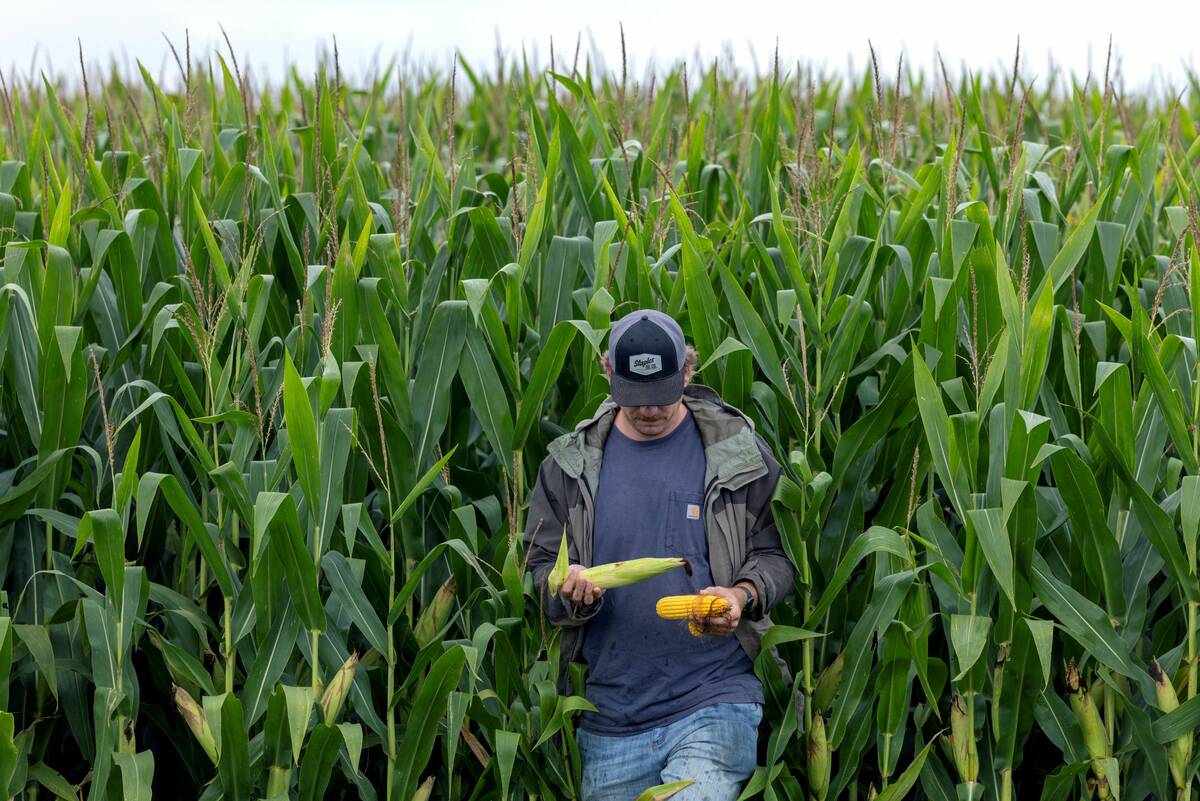MarketsFarm — There are some notable changes to the monthly report from the International Grains Council (IGC), primarily in corn and soybeans.
The London-based IGC on Thursday issued new supply and demand estimates, pointing to reduced agricultural production such as in Argentina as the main reason for the changes. That’s despite increased output in Brazil and other countries.
Compared to the IGC’s January report, it cut eight million tonnes from 2022-23 global corn production, now at 1.153 billion. That also meant consumption was reduced by the same amount, at 1.18 billion tonnes, but ending stocks inched up one million tonnes at 255 million. However, all of the numbers remained well below those from 2021-22.
Read Also

The U.S. corn crop could be the biggest ever. That’s terrible news for America’s farmers.
The USDA predicts a record corn crop for U.S. farmers, who question the agency’s accuracy amidst high debt and low crop prices.
The IGC lopped seven million tonnes off of its January estimate for 2022-23 world soybean production, now at 378 million tonnes. But the council trimmed one million tonnes off its projection for world trade, at 167 million, and two million from global consumption at 374 million. The carryover saw a reduction of five million tonnes at 374 million. Unlike corn, the IGC’s soybean numbers for 2022-23 are somewhat higher compared to those from the previous year.
Wheat saw only minor tweaks to its numbers, with the IGC holding world production for 2022-23 at 796 million tonnes, while trade was upped by three million at 197 million. Global consumption was held at 789 million tonnes and ending stocks were nudged up by one million at 282 million. When compared to 2021-22, wheat for the present crop year is a little higher.
For total global grain production, the IGC cut eight million tonnes at 2.248 billion and trade was held at 407 million tonnes. World consumption is now lower by nine million tonnes at 2.266 billion and ending stocks were increased two million at 579 million.












